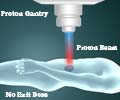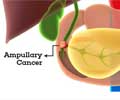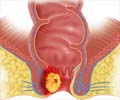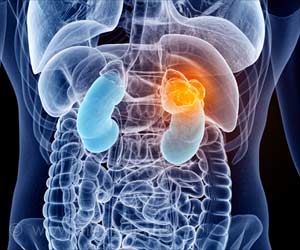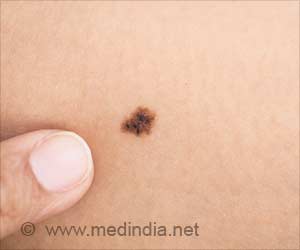
‘First-of-their-kind mechanistic mathematical models will be soon implemented in the fight against cancer.’
Read More..Tweet it Now
The symposium will explore the modeling of various aspects of microvasculature as they relate to cancer. Speakers are Peter Balogh, Ph.D., from Duke University, Durham, N.C.; Joseph Butner, Ph.D., from Houston Methodist Research Institute in Texas; Arvind Pathak, Ph.D., from Johns Hopkins University in Baltimore; and Lance Munn, Ph.D., from Harvard Medical School in Boston.Read More..
Balogh is a postdoctoral associate in the lab of Amanda Randles, Ph.D. Randles is the principal developer of HARVEY, an application that runs on a supercomputer and is capable of modeling blood flow through a patient. As Randles notes, such a model must incorporate “the motion of fluid, intricate geometry of the blood vessels, continual pulse-driven changes in flow and pressure, and the behavior of suspended bodies such as red blood cells.” Balogh will discuss recent work in scaling up the HARVEY program and using it to model cancer cells and their transport with blood cells. Insights from such modeling can help researchers better understand how cancer cells move through the bloodstream or even where secondary tumors might arise.
Butner is a research associate in the Mathematics in Medicine Program led by Vittorio Cristini, Ph.D., at the Houston Methodist Research Institute. He will discuss the “first-of-their-kind mechanistic mathematical models” of cancer treatments developed by this multi-institute team. Their models have successfully predicted how patients would respond to two kinds of immunotherapy, called anti-CTLA4 and anti-PD1/PDL1 therapies. Such therapies are currently in use to fight cancers, including melanoma, renal cell carcinoma, and non-small cell lung cancer. The accuracy of these models has been confirmed by comparing their findings both to those of pre-clinical studies and retrospective analysis of clinical trials.
Imaging of tumors and their immediate environments can provide real-world data to craft better mathematical models. Pathak’s work integrates various methods and scales of imaging techniques. By combining data from micro- and macroscopic imaging, he can then present a complete representation of a tumor’s immediate environment. Such an understanding could provide insight into a tumor’s growth, the potential for tumor spread, and how therapies can better reach their targets.
The lymphatic system is part of the circulatory system, with vessels that run throughout the body similar to the cardiovascular system. They maintain the interstitial fluid—the fluid that surrounds cells—which is important for maintaining a normal environment in the body (homeostasis). Lymphatic vessels can also transport immune cells and cancer cells. Munn will share his recent findings into how lymphatic vessels regulate their transport of fluids, which he made using mathematical simulations.
Advertisement

